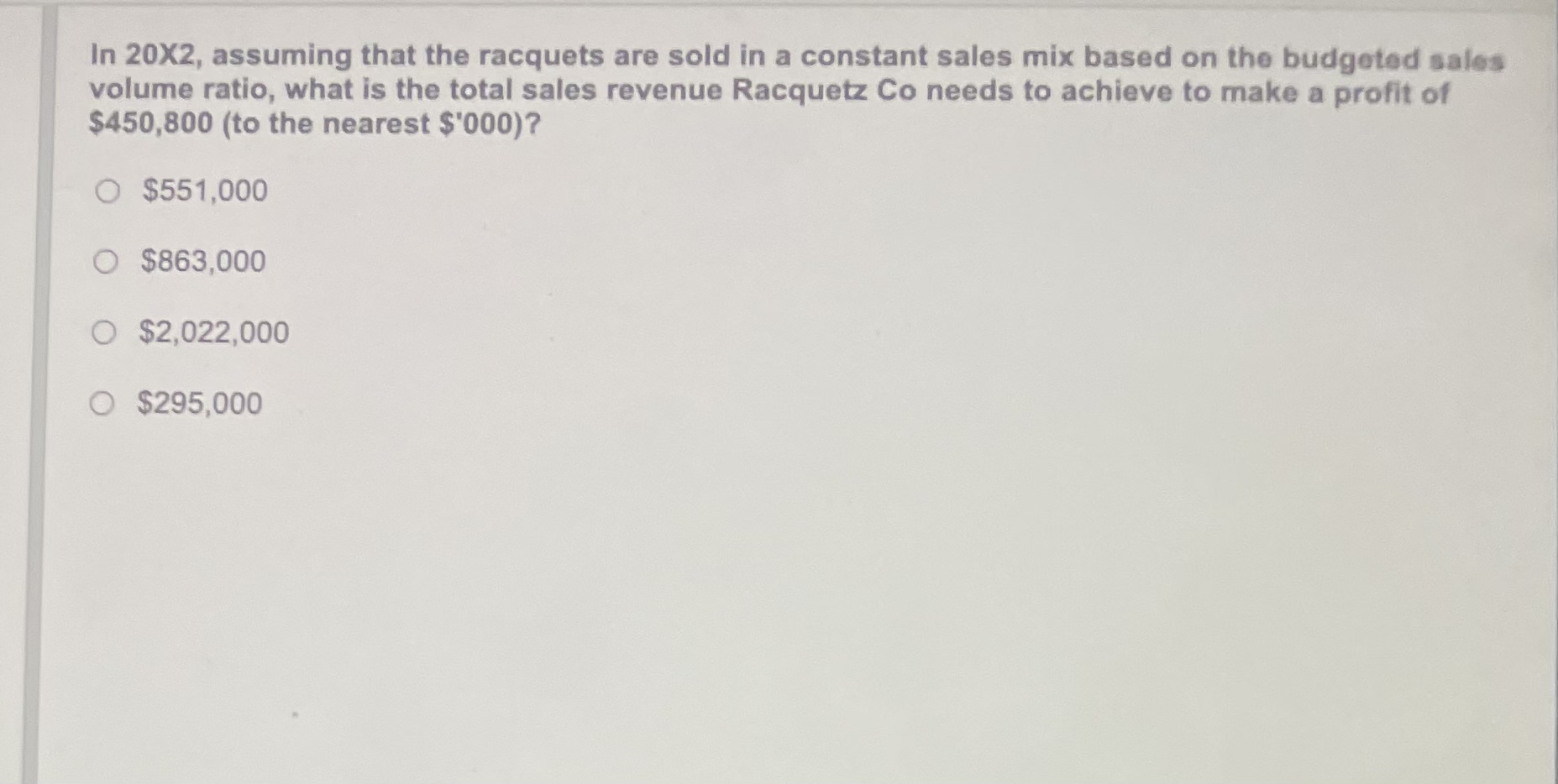The Current State of Tennis Tours: Tennis Tours Contemplate Merger As Landscape Evolves
The professional tennis landscape is a dynamic one, characterized by two major governing bodies: the ATP Tour for men and the WTA Tour for women. While both tours aim to promote and govern professional tennis, they differ significantly in structure, format, and governance. These differences, coupled with the evolving nature of the sport, have led to both challenges and opportunities for each tour.
Structure and Format, Tennis tours contemplate merger as landscape evolves
The ATP Tour and WTA Tour have distinct structures and formats that reflect their unique objectives. The ATP Tour follows a hierarchical system, with tournaments categorized into different tiers based on prize money and prestige. The Grand Slams, Masters 1000, and ATP 500 events are the highest tier, offering significant points and prize money. In contrast, the WTA Tour has a more centralized structure, with a fixed calendar of events, and the majority of tournaments offering equal prize money. This centralized approach aims to ensure fair competition and opportunities for all players.
Governance
Governance is another area where the two tours differ. The ATP Tour is governed by a board of directors elected by its members, with a focus on player representation. This structure allows for a more direct voice for players in decision-making. The WTA Tour, on the other hand, is governed by a board of directors comprised of representatives from both players and tournament organizers. This structure aims to balance the interests of all stakeholders, ensuring a more collaborative approach.
Challenges and Opportunities
ATP Tour Challenges
- The ATP Tour faces challenges in attracting and retaining top talent, particularly as younger players seek more lucrative opportunities outside traditional tennis.
- The tour also grapples with the issue of declining attendance and television viewership, particularly in certain regions.
- The increasing dominance of a few top players can create a perception of limited competition, potentially impacting fan engagement.
ATP Tour Opportunities
- The ATP Tour has an opportunity to expand its reach in emerging markets, particularly in Asia and South America, where tennis is growing in popularity.
- The tour can leverage its digital platforms to engage with younger audiences and enhance the fan experience.
- The ATP Tour can explore innovative formats and events to enhance fan engagement and attract new audiences.
WTA Tour Challenges
- The WTA Tour faces challenges in closing the prize money gap with the ATP Tour, which can hinder player development and career longevity.
- The tour also grapples with the issue of attracting and retaining sponsorships, particularly in a competitive sports landscape.
- The WTA Tour needs to continue to address gender equality issues, particularly in terms of media coverage and sponsorship opportunities.
WTA Tour Opportunities
- The WTA Tour has an opportunity to leverage its strong female athlete brand and promote gender equality in sports.
- The tour can capitalize on the growing popularity of women’s sports, particularly among younger audiences.
- The WTA Tour can explore new partnerships and collaborations to enhance its global reach and impact.
Potential Benefits and Challenges of a Merger

The prospect of a merger between the ATP and WTA tours has sparked significant debate within the tennis world. While some see it as a necessary step towards a more unified and sustainable future for the sport, others express concerns about the potential downsides. Exploring the potential benefits and challenges of such a merger is crucial to understanding its implications for players, fans, and the sport’s overall landscape.
Financial Stability and Increased Revenue
A merger could potentially lead to greater financial stability for both tours. By combining resources and negotiating collectively with sponsors and broadcasters, a unified tour could command higher fees and secure more lucrative deals. This increased revenue could then be reinvested in player development, prize money, and tournament infrastructure, ultimately benefitting the entire sport. For example, a unified tour could leverage its combined star power to attract more major sponsors, leading to higher sponsorship revenue.
Global Reach and Expanded Audience
A merger could expand the global reach of professional tennis, attracting a wider audience and boosting its popularity in emerging markets. By promoting events jointly and streamlining the tour schedule, a unified entity could create a more compelling and accessible product for fans worldwide. This could involve organizing joint tournaments or creating a more integrated calendar that allows players to compete across both tours seamlessly.
Enhanced Player Development Opportunities
A merged tour could offer more opportunities for player development, particularly for young talent. With greater financial resources and a unified structure, the tours could invest in programs that nurture promising players from around the world. This could involve providing access to high-quality coaching, training facilities, and competitive opportunities at all levels.
Challenges of a Merger
While the potential benefits of a merger are compelling, several challenges must be addressed.
Conflicting Interests
A merger would require reconciling the interests of the ATP and WTA, which have evolved independently over time. This includes addressing differences in tour structures, player compensation models, and tournament scheduling. Finding common ground on these issues will be essential to ensure a smooth transition and prevent conflicts between the tours.
Logistical Complexities
Merging two separate organizations with distinct operating models presents significant logistical challenges. Integrating systems, processes, and staff from both tours would require careful planning and execution to minimize disruptions and ensure a seamless transition.
Impact on Existing Tour Structures
A merger could potentially impact the existing tour structures, leading to changes in tournament formats, rankings systems, and player participation. These changes must be carefully considered to ensure that the merger benefits all stakeholders, including players, fans, and tournament organizers.
Perspectives on the Merger
The potential advantages and disadvantages of a merger must be considered from the perspectives of players, fans, and sponsors.
Players
For players, a merger could offer increased prize money, more consistent scheduling, and enhanced development opportunities. However, it could also lead to changes in rankings systems, tournament formats, and player participation rules.
“A merger could create more opportunities for players, but it’s important to ensure that it doesn’t come at the expense of player autonomy and individual interests.” – A leading tennis player.
Fans
Fans could benefit from a more unified and compelling product, with more consistent scheduling, higher-quality events, and greater access to their favorite players. However, a merger could also lead to changes in tournament formats and ticketing policies, potentially impacting fan experience.
Sponsors
Sponsors could benefit from a larger and more unified audience, providing them with greater reach and return on investment. However, they may need to adjust their marketing strategies to align with the new structure and branding of the merged tour.
The Future of Professional Tennis
A merger of the ATP and WTA tours could significantly reshape the landscape of professional tennis, impacting various aspects of the sport, from player rankings and prize money distribution to tournament schedules and revenue streams. This potential shift presents both opportunities and challenges for the future of the sport.
Impact on Rankings, Prize Money Distribution, and Tournament Schedules
A unified tour could lead to a consolidated ranking system, potentially merging the ATP and WTA rankings into a single, unified system. This could create a more comprehensive and equitable ranking system, allowing for a fairer comparison of players across genders. However, it would also require careful consideration of how to integrate existing ranking points and maintain the integrity of the system.
A merged entity could also influence prize money distribution. While a unified tour could potentially increase the overall prize money pool, the allocation of funds among different tournaments and players would need to be carefully considered. A more equitable distribution could benefit players at all levels, but it could also lead to adjustments in the existing tournament structures and prize money allocation models.
The tournament calendar could also undergo significant changes. A unified tour might aim to create a more cohesive and balanced schedule, potentially integrating ATP and WTA events into a single calendar. This could offer more opportunities for players to compete against each other across genders, leading to a more diverse and exciting competitive landscape. However, it would also require careful coordination to ensure that the schedule remains manageable and appealing to both players and fans.
Potential for New Revenue Streams and Growth Opportunities
A merged entity could unlock new revenue streams and growth opportunities for professional tennis. By leveraging the combined strengths of both tours, a unified organization could attract new sponsors, broadcasters, and fans, increasing overall revenue and expanding the sport’s global reach.
One potential area for growth is the development of new media platforms and digital content. A merged entity could create a unified online platform that provides fans with access to live streaming, on-demand content, and interactive experiences, enhancing fan engagement and generating new revenue streams.
Another opportunity lies in expanding the sport’s reach into new markets. A unified tour could strategically target emerging markets with a focus on grassroots development, talent identification, and fan engagement, potentially leading to increased participation and viewership in these regions.
Hypothetical Model for a Merged Tour
A hypothetical model for a merged tour could encompass the following key features:
Governance Structure
- A unified board of directors representing both ATP and WTA stakeholders.
- A shared executive team responsible for overall operations and strategy.
- A player council with equal representation from both ATP and WTA players.
Tournament Calendar
- A consolidated calendar that integrates ATP and WTA events into a single, unified schedule.
- A mix of men’s, women’s, and mixed doubles tournaments throughout the year.
- The inclusion of Grand Slams and other major tournaments, maintaining their existing formats and prestige.
Player Benefits
- A more equitable prize money distribution model based on a unified ranking system.
- Increased opportunities for cross-gender competition and exposure.
- Improved travel and accommodation arrangements for players.
- Enhanced support services, including coaching, medical care, and career development programs.
Tennis tours contemplate merger as landscape evolves – As tennis tours contemplate a merger to adapt to the evolving landscape of the sport, one thing remains constant: the timeless elegance of a moss green velvet chair. Perhaps a plush, moss green chair, reminiscent of a bygone era, could serve as the perfect setting for the negotiations, adding a touch of sophistication to the discussions about the future of tennis.
As the tennis landscape evolves, tours are contemplating a merger, perhaps to ensure their own survival. While players are battling on the court, fans can find their own form of relief with a stretcher chair for home use , providing comfort and support during those nail-biting matches.
It seems the tennis world is undergoing a transformation, and whether it’s a merger or a new type of seating, change is certainly in the air.


